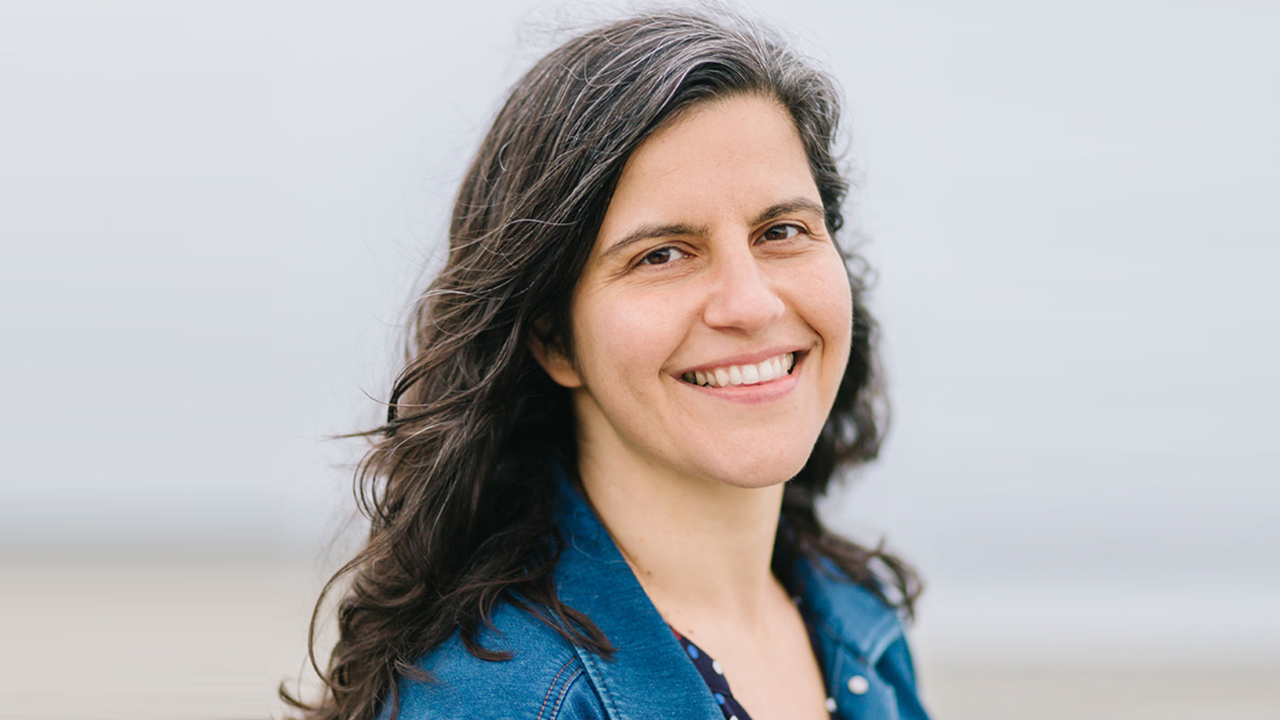
Mira Dontcheva, Principal Scientist and Research Manager at Adobe Research, fondly remembers her undergraduate years when she considered double majoring in computer science and photography. “In high school I was in darkrooms a lot. A part of me always wanted to be an artist,” she says. So when the opportunity to came to join Adobe Research in 2008, she couldn’t help but feel it was the right match.
When she started, Dontcheva spent a handful of years dedicated towards making the product easier for users—improving search features and adding in-product tutorials. We talked to Dontcheva to learn a little more about the evolution of her work, her patents, and how a run-in with an unrelated study about nurses proved to be the springboard for Dontcheva’s new research in livestreaming.
What is your current focus as a principal scientist and research manager?
Today, I’m most focused on livestreaming. I work closely with the Behance team, which has been letting creatives livestream directly from our products and building a community around that. In recent years we’ve been seeing growth on livestreaming across the board—artists, gamers, but also chefs and fitness professionals. It’s a really exciting space that poses interesting questions—how do you support the creators during a livestream? And what is most important after it is over? How do you let people repurpose the content?
What did you work on previously?
When I first joined, my thesis was all about the web and trying to make it easier for people to collect, organize content, and do research. I had created a system for authoring search templates, which helped users semi-automatically do research, like for a vacation for example. I used this same type of thinking to examine how we could implement a better learning experience for customers in Photoshop, and how we teach people besides with tutorials. For example, we created a lot of games to teach users skills. This work laid the foundation and helped inform what’s in our products today—better search functionalities and interactive walkthroughs.
And how did you start moving towards the research with livestreaming?
The inspiration behind that shift initially had nothing to do with livestreaming actually. I was listening to a study which tracked nurses in India who were treating patients in different villages. The problem was that their notes would take six weeks to get back to the doctor. So the study was around which would be more productive and adopted by the nurses: a cell phone or a digitizing tablet for regular notebooks that would automatically send their written notes to the doctor. The hypothesis was that the tablet would allow the nurses to use their existing tools (i.e., notebooks) and thus would be widely adopted, because the cell phone would be too complex to learn.
However, the cell phone won out by far. The study showed that the cell phone became a status symbol, and the nurses were treated with more respect. Although it was impossibly hard to use and learn compared to the tablet, it proved that people will do hard things as long as they have the right motivation.
This got me thinking about our products and what motivation we can provide to our users. And really the only answer is community. If your friends use it, then you will too. With this in mind, I started to shift towards community and collaboration, which led me to the livestreaming space.
You’ve filed numerous US patents while at Adobe, with topics relating to image editing, text recognition, tutorials, animation, and data analysis. Do you have any favorites?
One of my favorite patented inventions is PixelTone, which is a mobile app for voice-based image editing. At the time I created it, it was the age of Siri. It was very clear that voice interaction was going to be big. Adobe is known for image editing, so I wonder what a voice-based image editing app would be like. The idea was that if we can have our software understand what you’re saying, regardless of whether you’re an expert or a novice, it would be revolutionary. There is so much potential here, so the Photoshop team is exploring the space in collaboration with Adobe Research.
When I think about patents and publishing papers, I think about how creativity plays a crucial role in inventing. How do you stay creative and inspired?
I feel like my job is to be creative! But what inspires me often is my day-to-day life. I go to a lot of conferences, and see what other people are doing and what’s hot. For example, the nurse story. At face value, it didn’t apply to my work, but it did in the end. I often try to do something totally different to spark new ideas.
This post originally appeared on the Adobe Life blog.